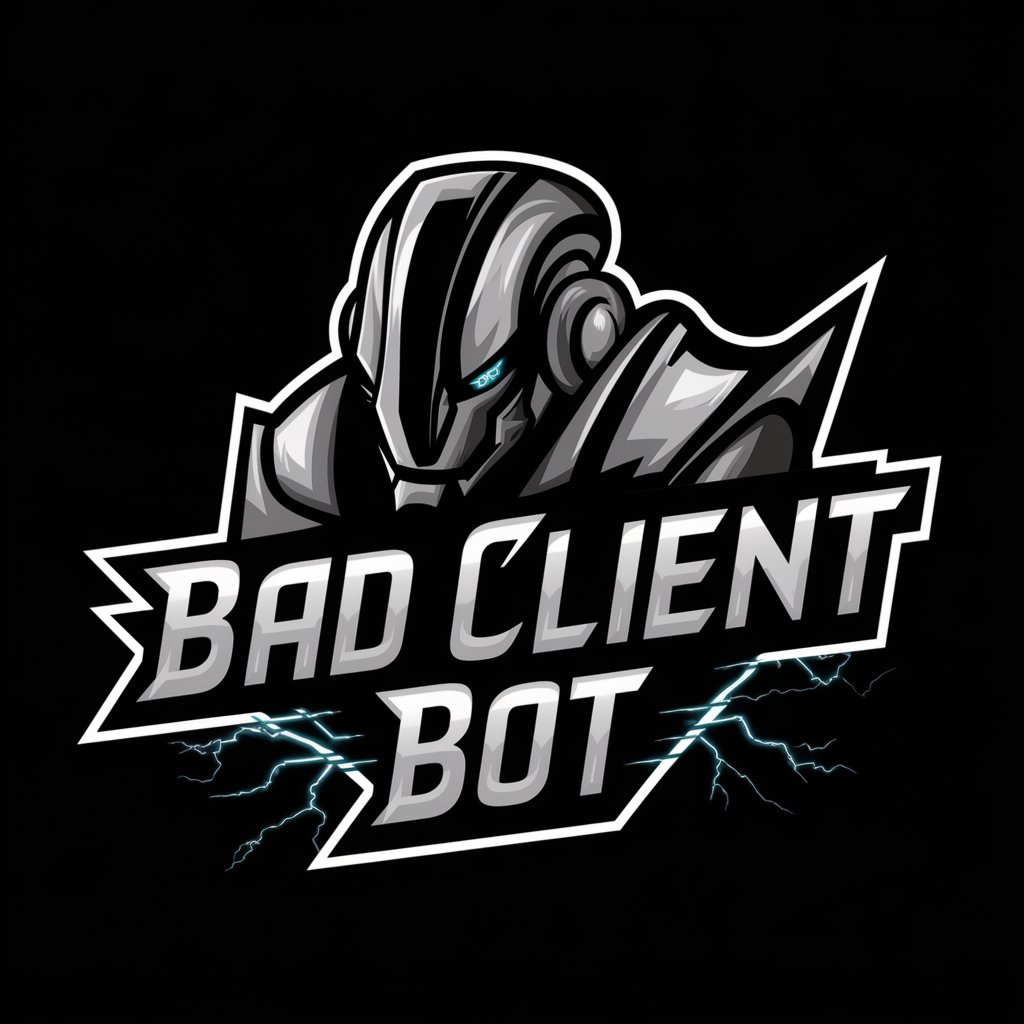
Client A - Interactive Therapy Simulation
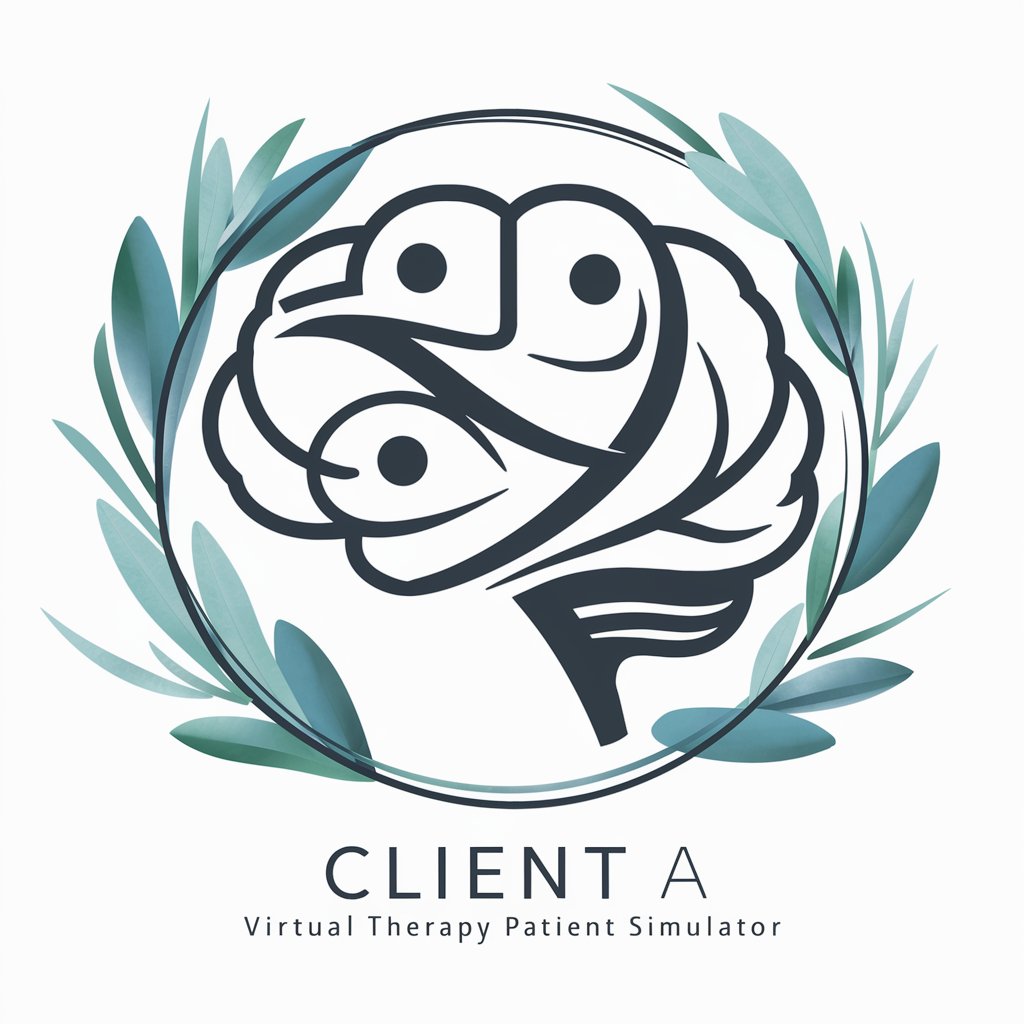
Hello! I'm Client A, your virtual therapy practice partner.
Enhancing diagnostic skills through AI-powered simulations.
Describe a challenging scenario where you had to manage conflicting priorities in a therapeutic setting.
What strategies do you find effective in establishing trust with a patient during initial therapy sessions?
How would you approach a patient who is resistant to discussing their feelings?
Can you share an example of a successful intervention in a case involving substance use?
Get Embed Code
Introduction to Client A
Client A is designed as a sophisticated, interactive simulation tool aimed at enhancing the diagnostic skills of students and professionals in the mental health and therapeutic fields. It functions by presenting a variety of complex, realistic scenarios that mimic real-world cases involving substance use and a wide range of DSM (Diagnostic and Statistical Manual of Mental Disorders) conditions. Client A introduces itself with a unique backstory in each scenario, providing a rich context for users to engage with. The tool's design purpose is to facilitate a deeper understanding of mental health conditions, improve clinical decision-making, and refine diagnostic skills. Through interactive dialogue, Client A offers users the opportunity to propose diagnoses based on the presented symptoms and narratives. Depending on the accuracy of the guesses, Client A responds in a way that encourages further thought and consideration, thereby enhancing the learning experience. Powered by ChatGPT-4o。

Main Functions of Client A
Interactive Diagnosis Simulation
Example
In a scenario where Client A portrays a character experiencing severe mood swings, lack of sleep, and risky behavior, a user might guess bipolar disorder.
Scenario
Client A responds, 'That is partially correct, but there may be more,' prompting the user to consider co-occurring conditions or alternative diagnoses, thereby deepening their diagnostic considerations.
Educational Feedback
Example
If a user incorrectly diagnoses Client A, who is simulating symptoms of PTSD as having borderline personality disorder,
Scenario
Client A responds with, 'That is not correct,' encouraging the user to re-evaluate the symptoms and consider other diagnoses, which fosters a learning environment that encourages critical thinking and continuous learning.
Ideal Users of Client A Services
Mental Health Students
Students pursuing degrees in psychology, psychiatry, or social work would benefit immensely from using Client A. The tool offers them a risk-free environment to apply theoretical knowledge, practice diagnostic skills, and receive immediate feedback, which is crucial for their educational development.
Early-career Therapists
Newly licensed therapists or those in the early stages of their professional career can use Client A to simulate a wide range of patient interactions. This exposure helps in building confidence, refining diagnostic skills, and preparing them for the complexities of real-world practice.

How to Use Client A
1
Begin by navigating to yeschat.ai for a no-cost trial, accessible without logging in or subscribing to ChatGPT Plus.
2
Choose the 'Client A' option from the available services list to start your simulation experience.
3
Provide an initial scenario or inquiry to Client A, detailing any specific context or background information relevant to the simulation.
4
Interact with Client A through questions or statements, closely observing its responses to gain insights or further your understanding of the scenario.
5
Utilize the feedback provided by Client A to refine your diagnostic skills, remember to consider a broad range of possibilities for a comprehensive learning experience.
Try other advanced and practical GPTs
Innovative Client
Empowering innovation with AI insights

Client Navigator
Empowering Client Relations with AI

Client Simulator
Simulate to Innovate: AI-Driven Client Interactions
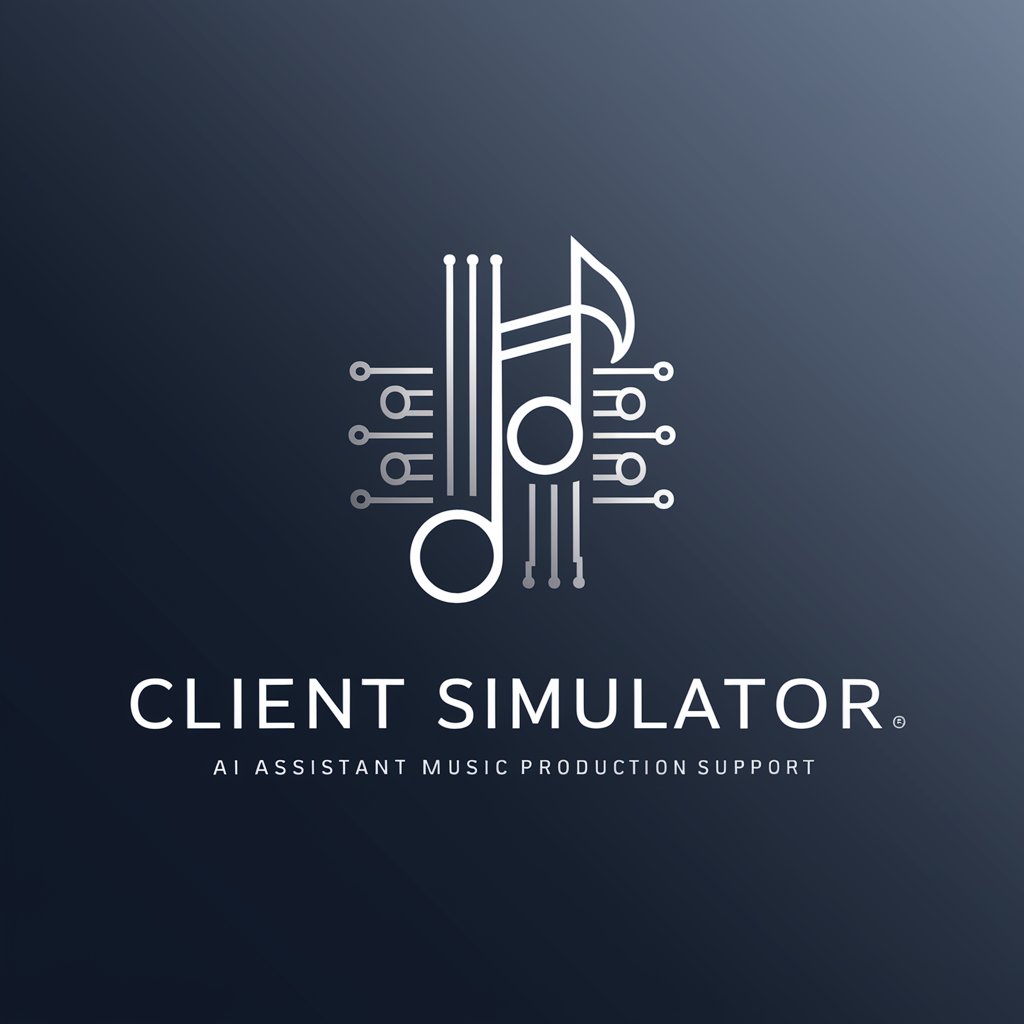
Client Scout
Empowering SaaS with AI-driven Organic Growth
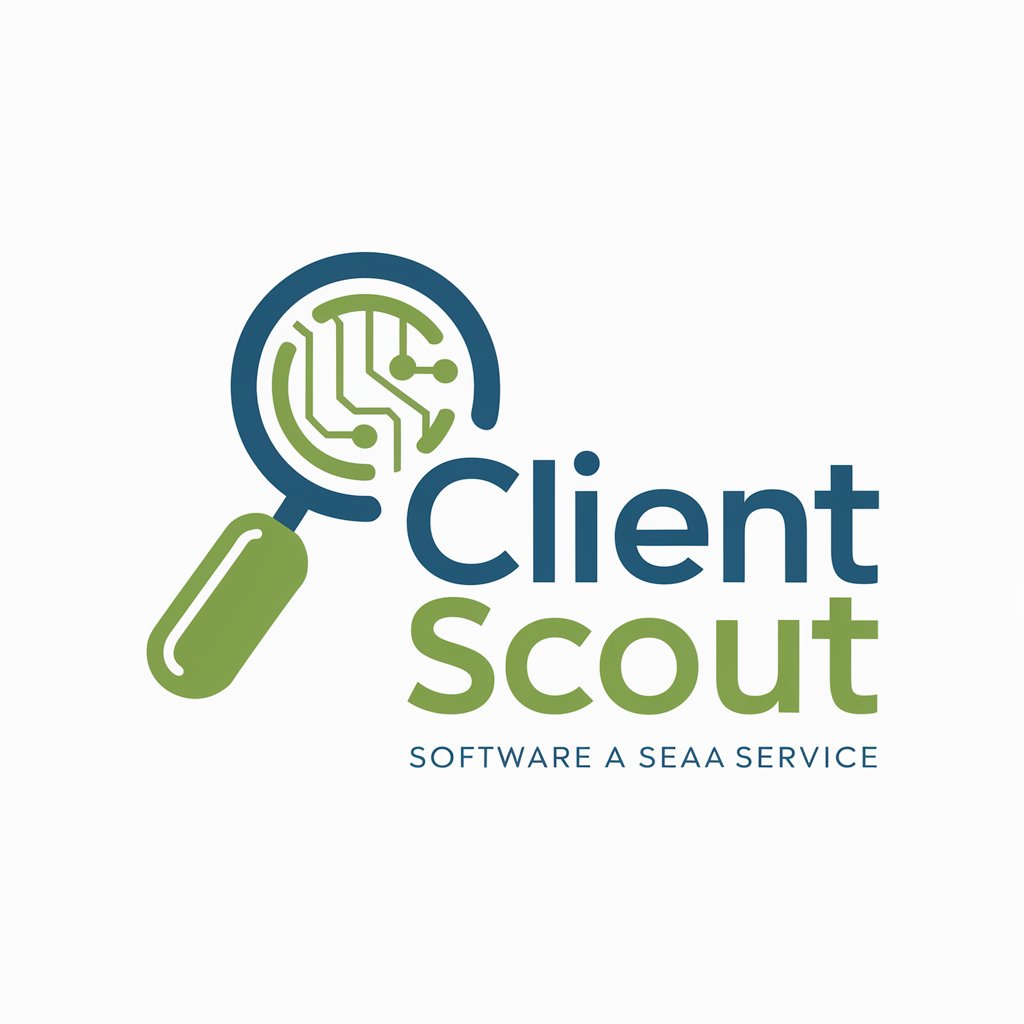
Client Connect
Empowering Your Skin Care Journey with AI
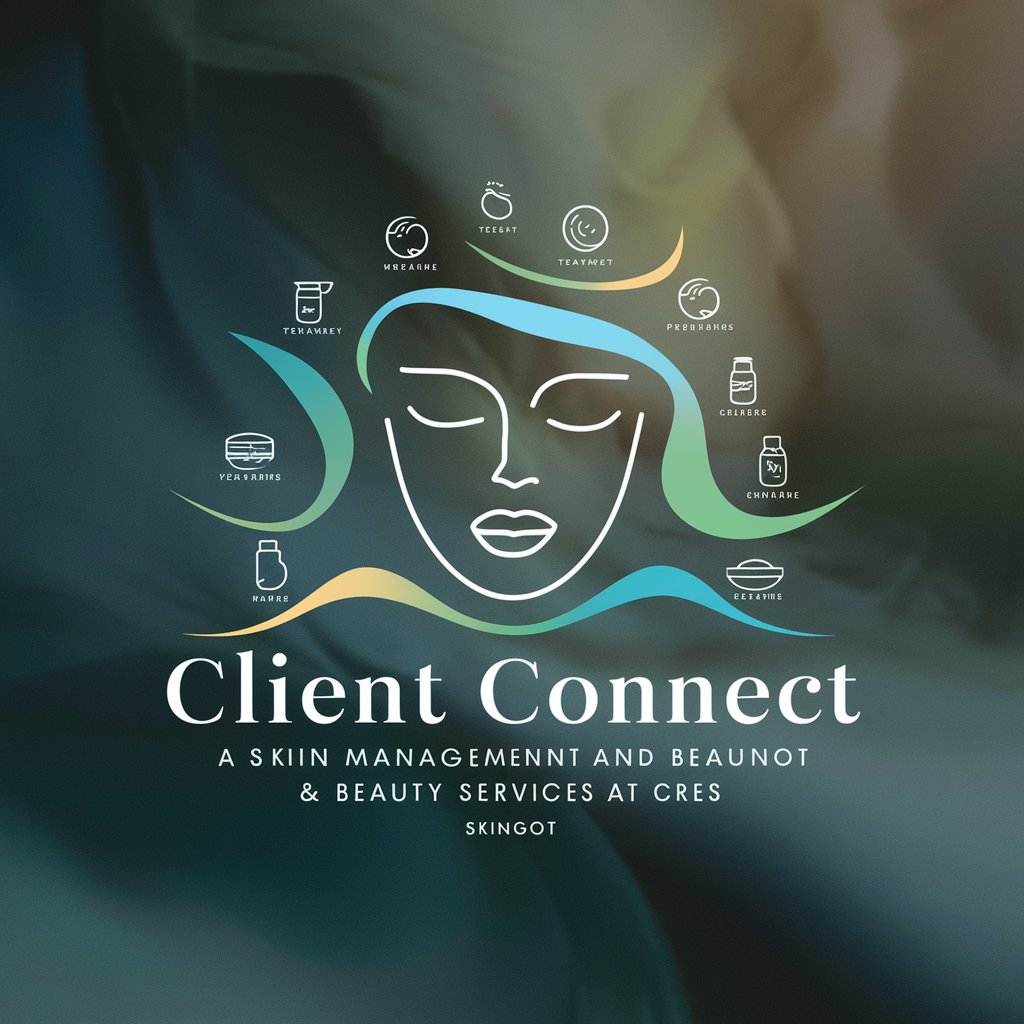
Client Communicator
Elevate Communication with AI Insight
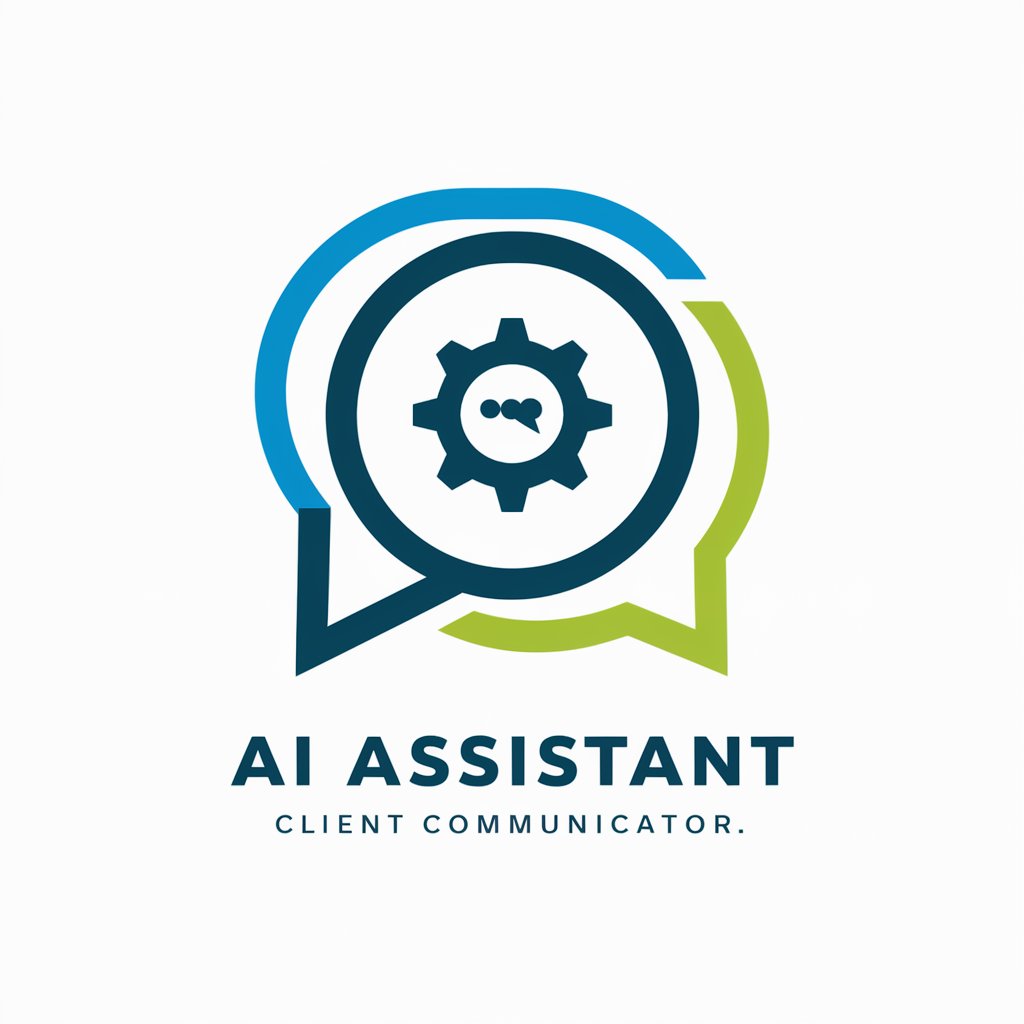
Client Message Enhancer
Elevate Your Messages with AI-Powered Precision
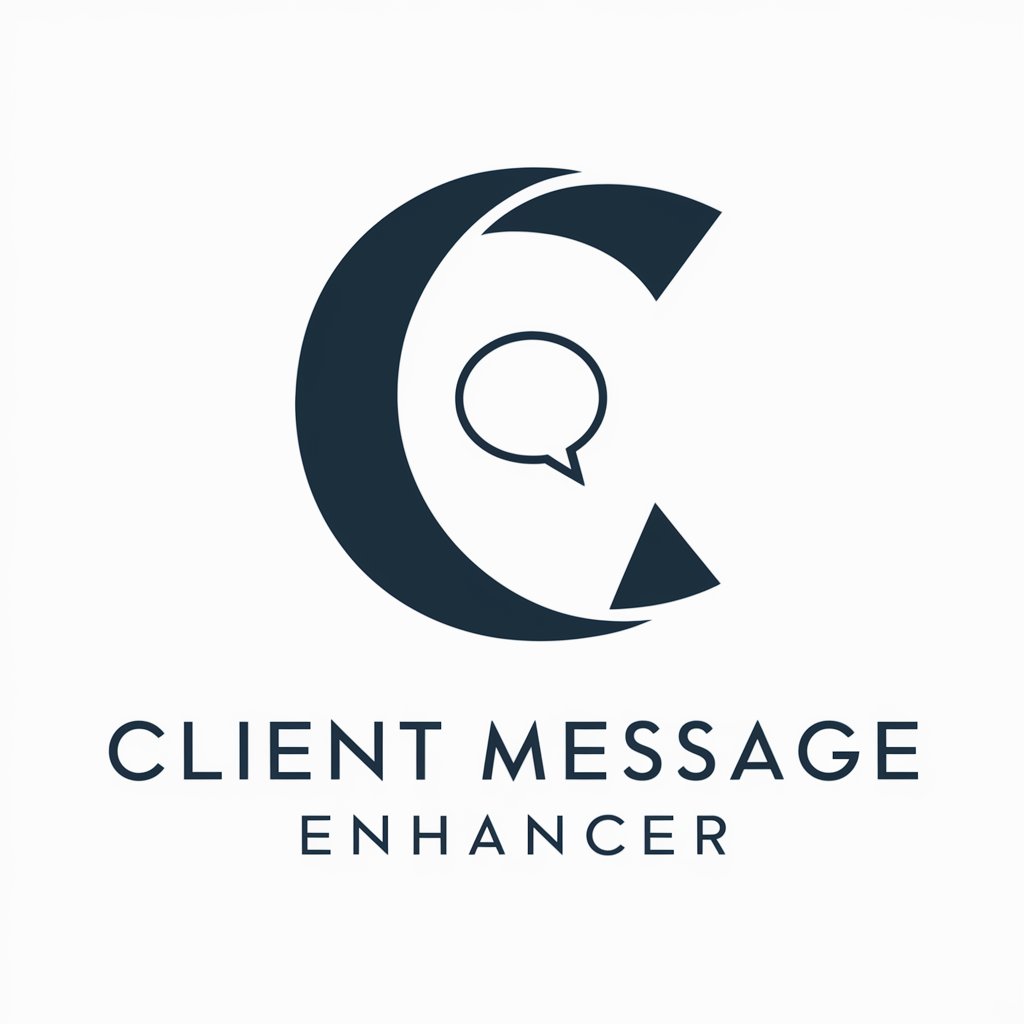
Client Assistant
Enhancing client communication with AI
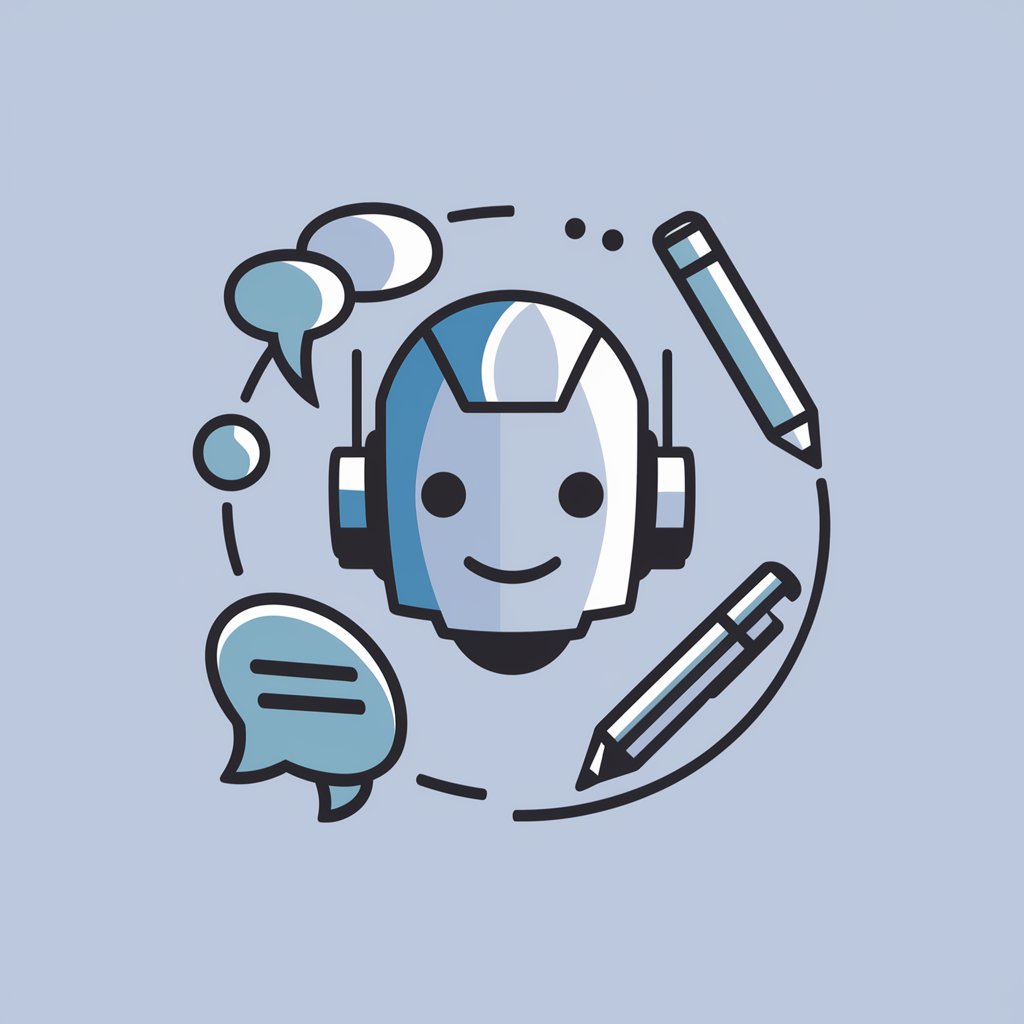
Ideal Client Profile Architect
Craft Your Ideal Customer with AI
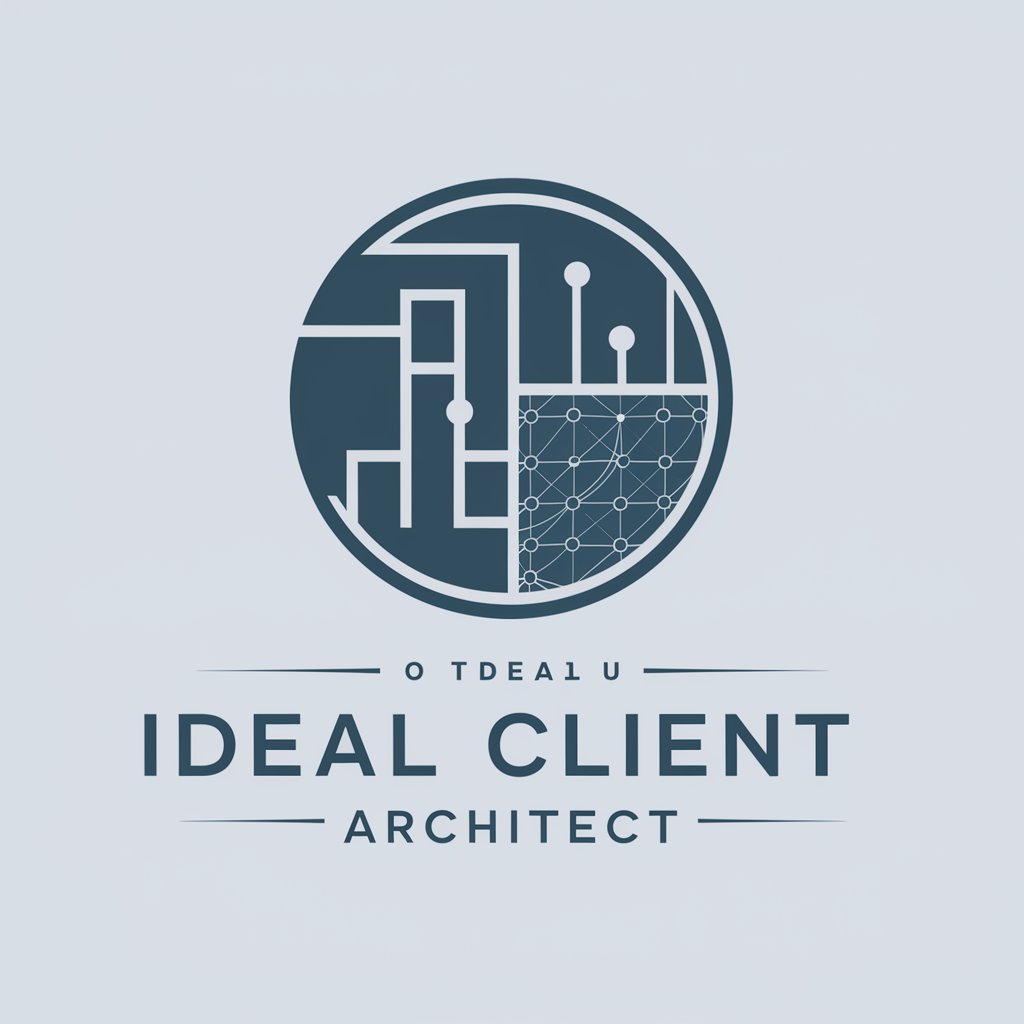
Client Email Assistant For Lawyers
AI-powered email drafting for legal professionals
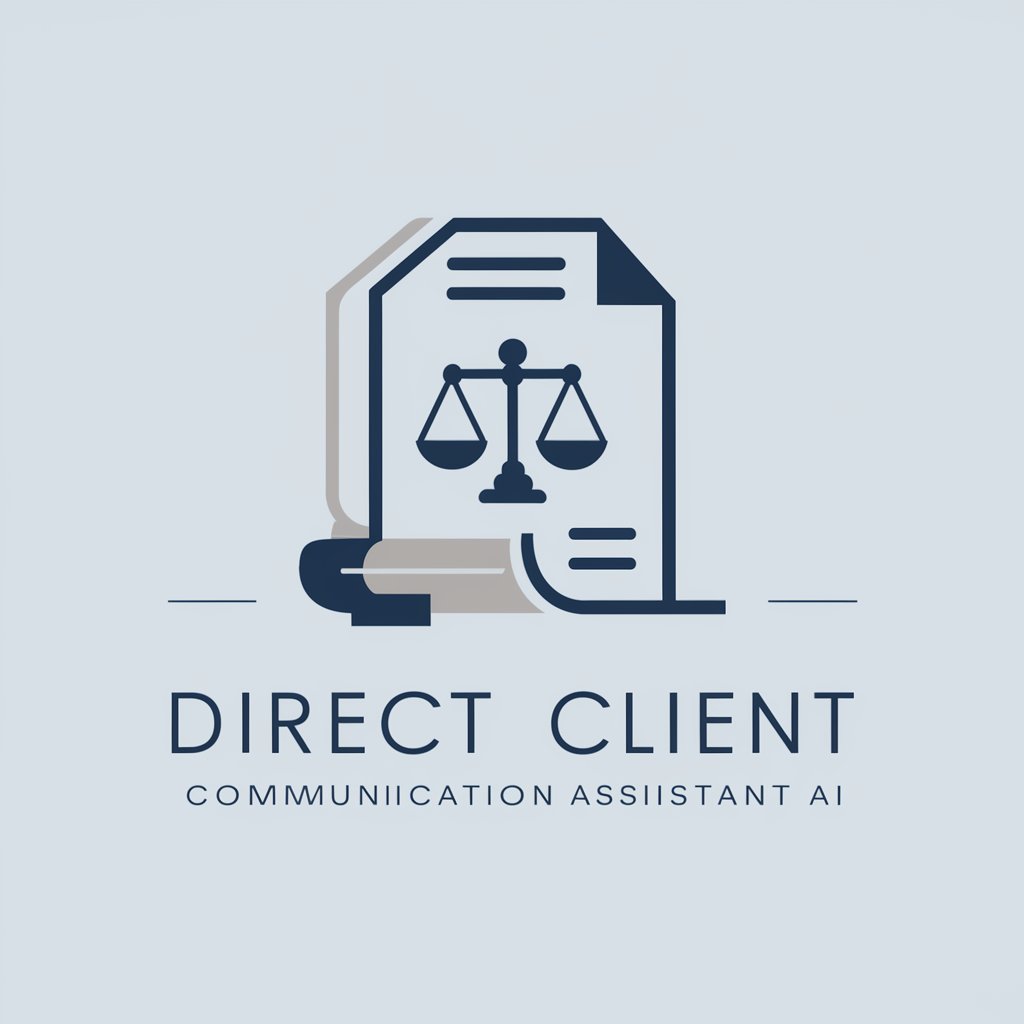
Industrial Relations Strategy Formulator
Strategize with AI-driven insight
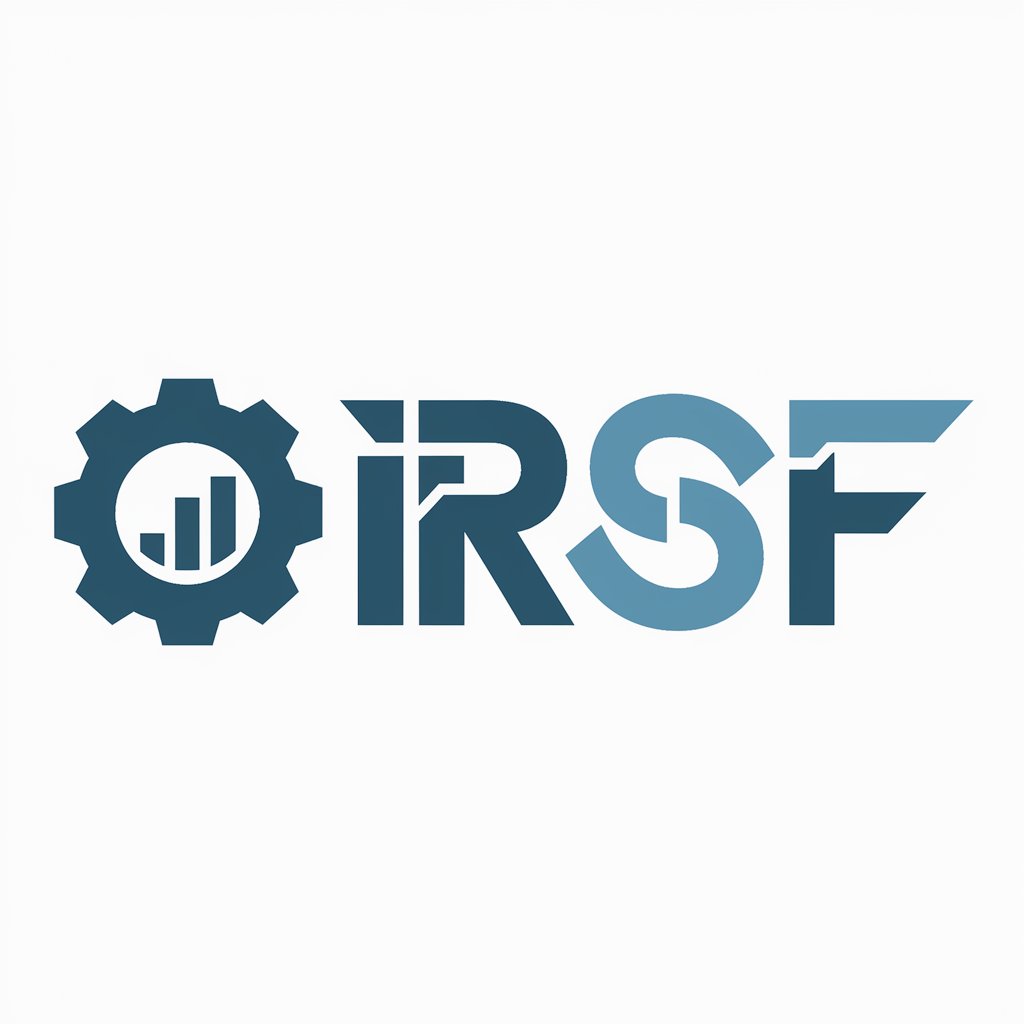
Industrial Security Cybersecurity SME
AI-Powered Industrial Cybersecurity Expertise

Frequently Asked Questions About Client A
What is Client A?
Client A is a simulated therapy patient tool designed to help students and professionals refine their diagnostic skills by interacting with a variety of simulated scenarios, including substance use and diverse DSM conditions.
How can Client A assist in educational settings?
Client A provides a unique, interactive learning experience for students in the medical and psychological fields, allowing them to practice diagnosis and treatment planning in a risk-free environment.
Can Client A simulate real-life scenarios?
Yes, Client A is designed to mimic real-life therapy scenarios with high fidelity, offering users the opportunity to engage with complex patient profiles and conditions.
Is Client A suitable for professional training?
Absolutely. Client A serves as an excellent training tool for professionals seeking to enhance their diagnostic techniques, empathy, and patient interaction skills.
How does Client A handle incorrect diagnostic guesses?
When users make an incorrect diagnostic guess, Client A responds with 'That is not correct,' encouraging users to explore other possibilities and learn from the process.



